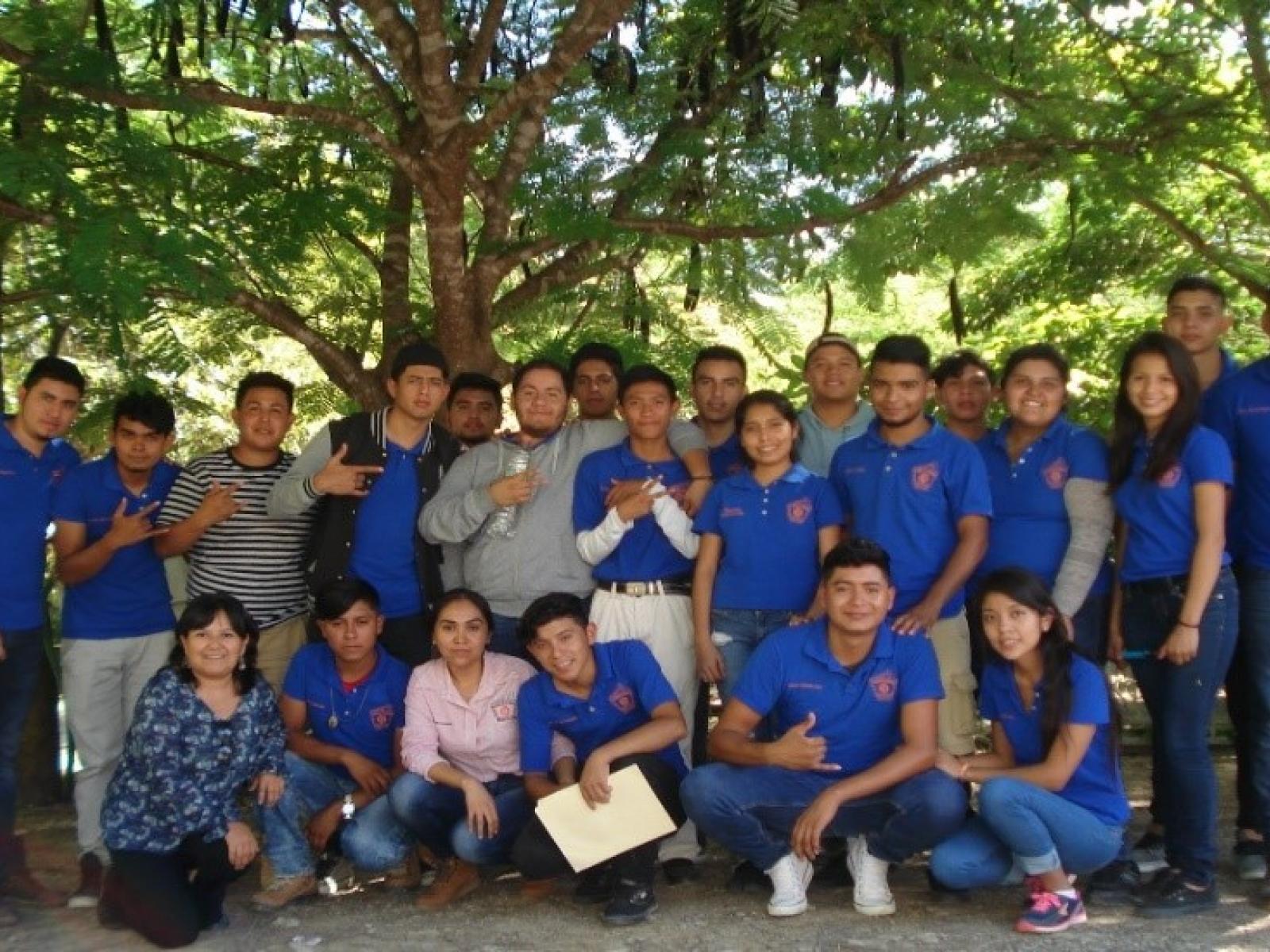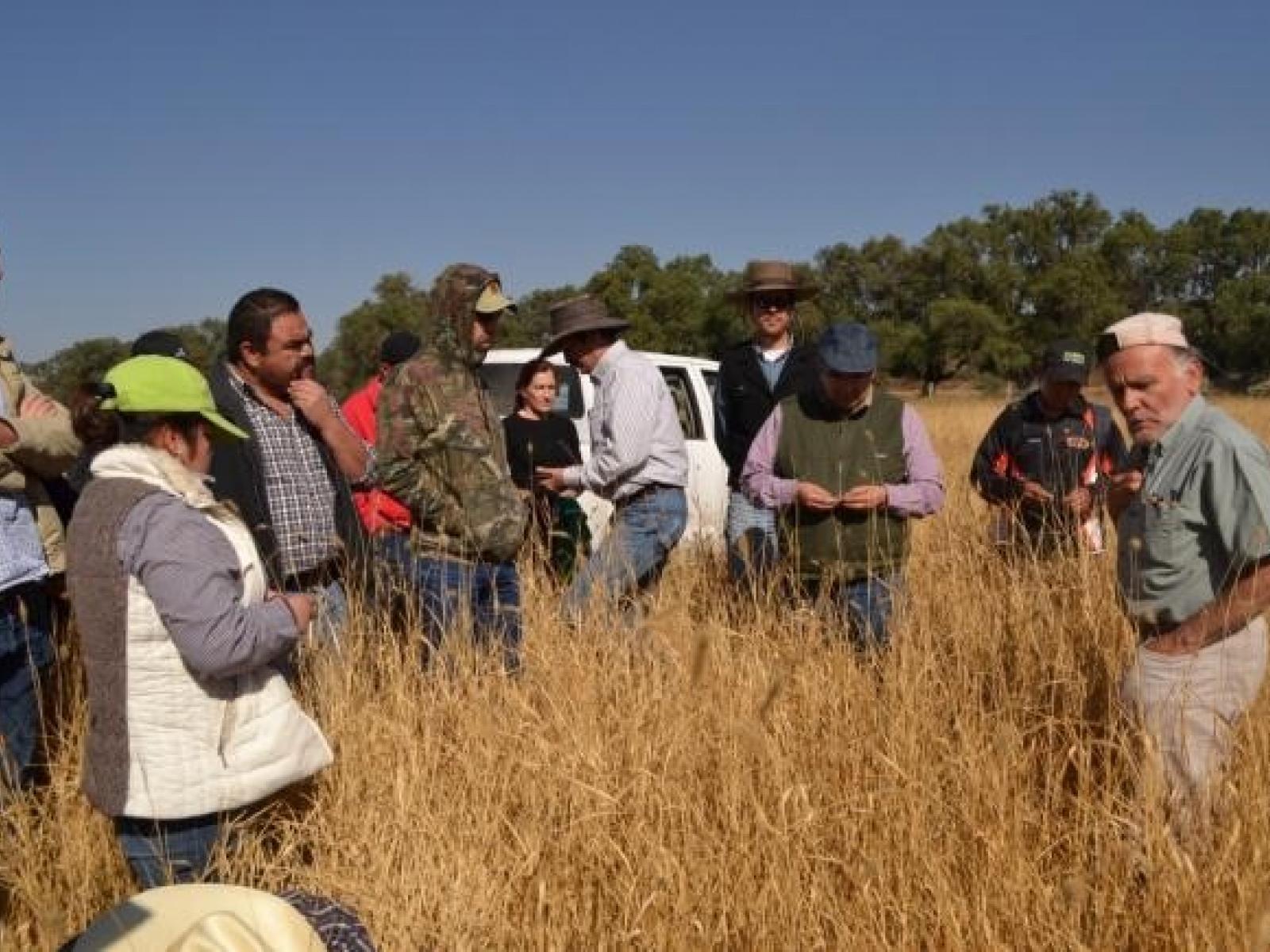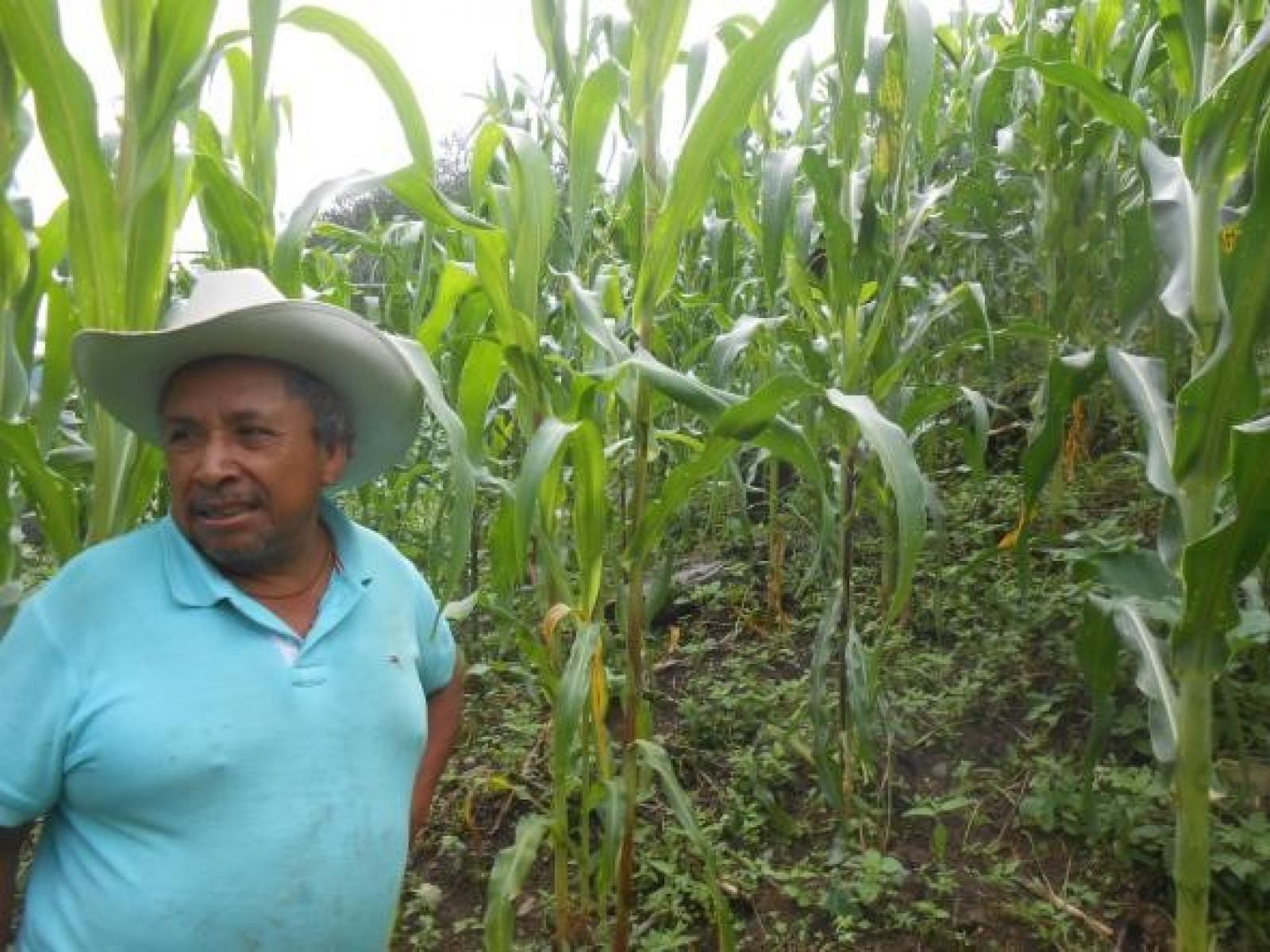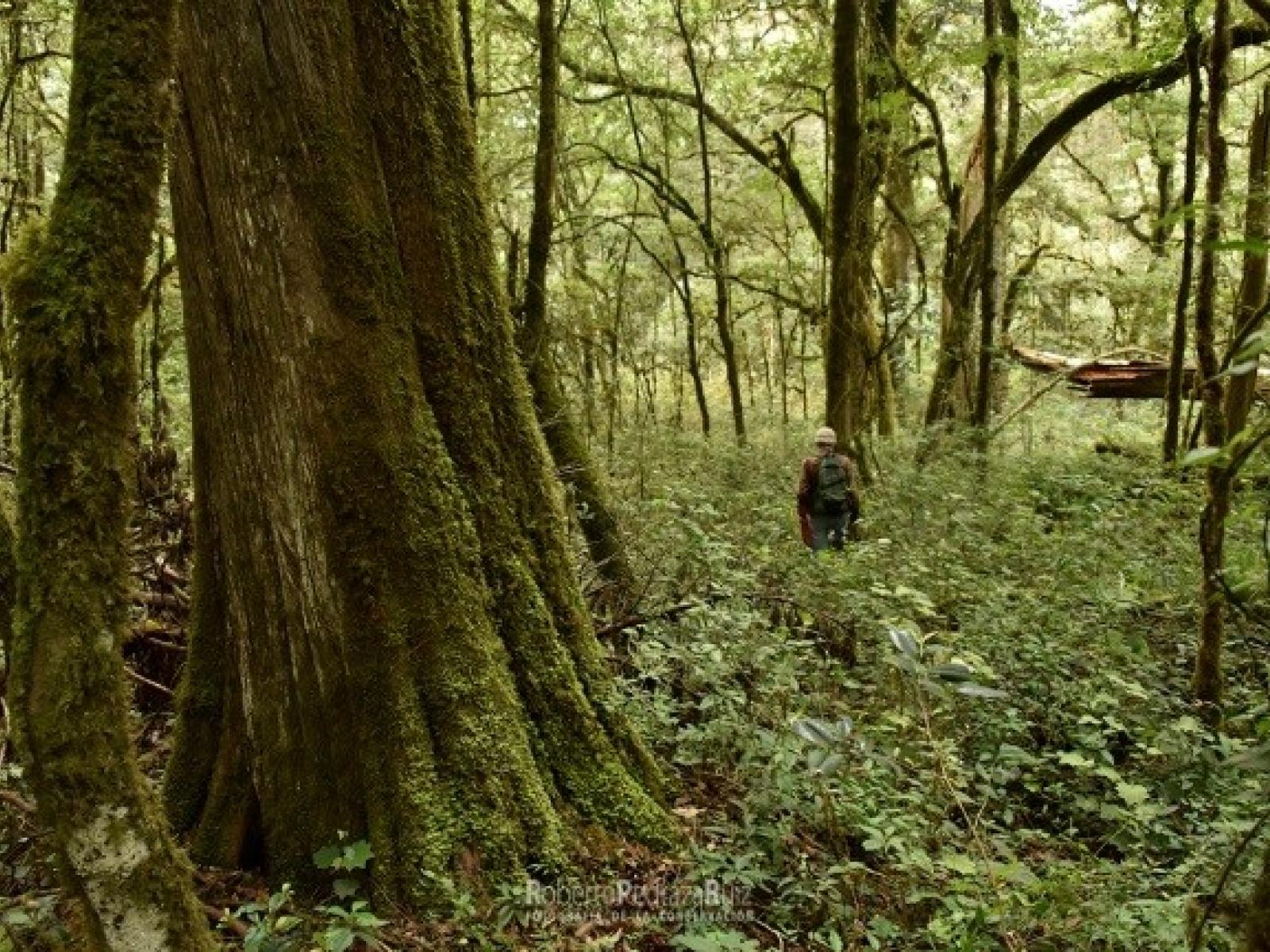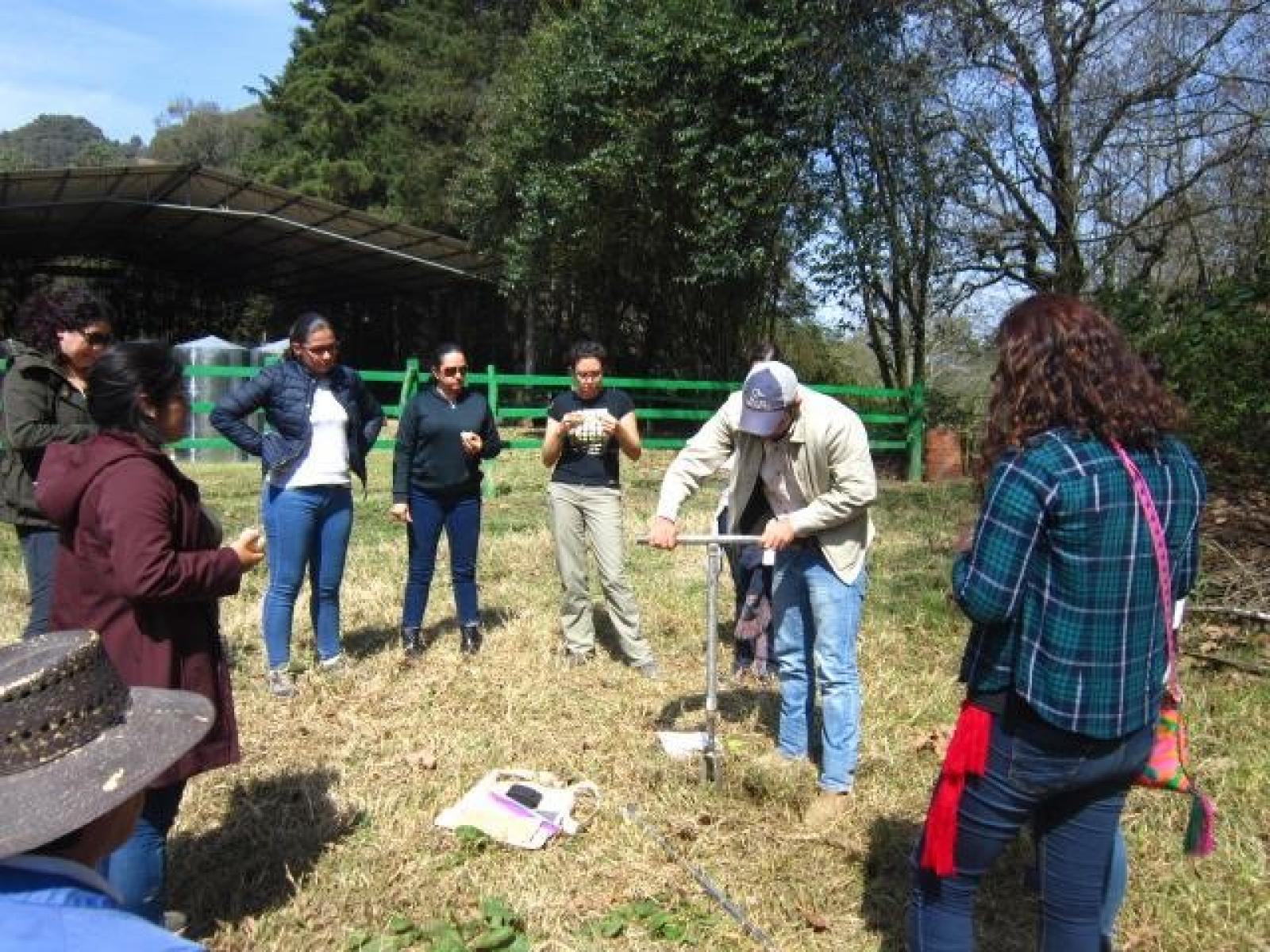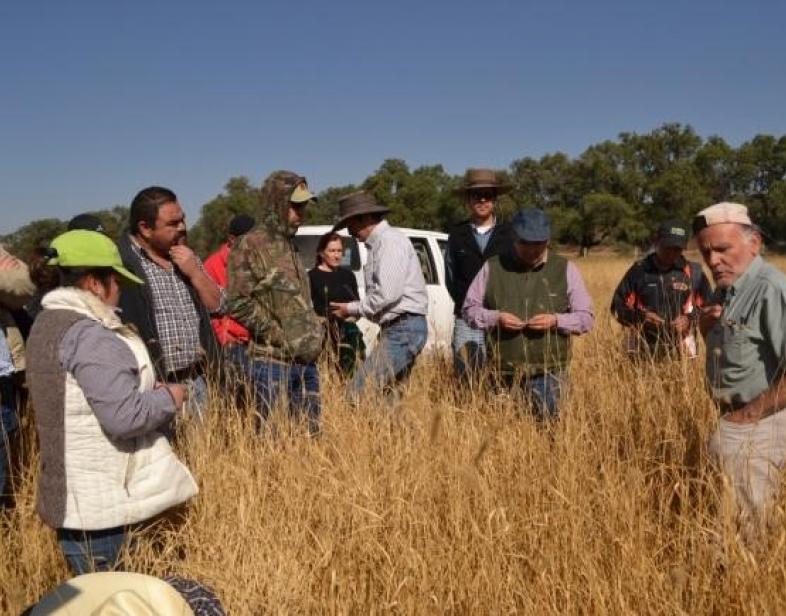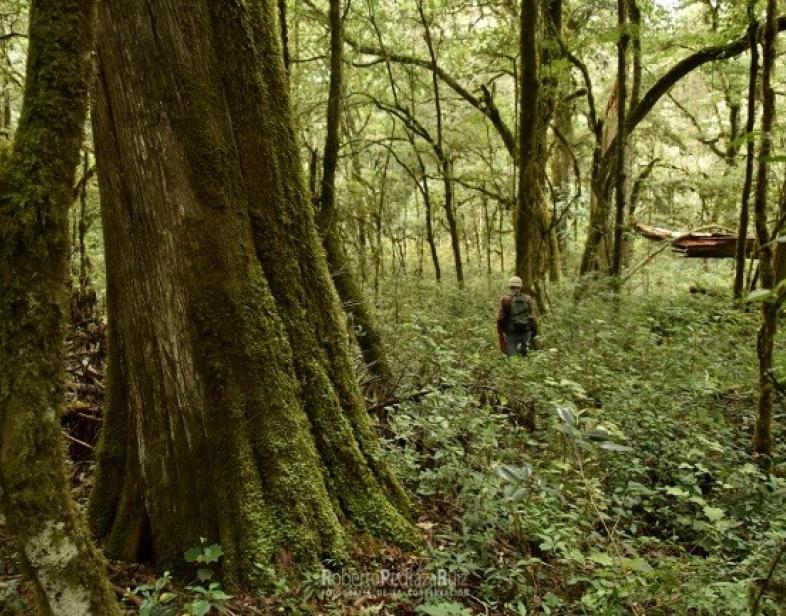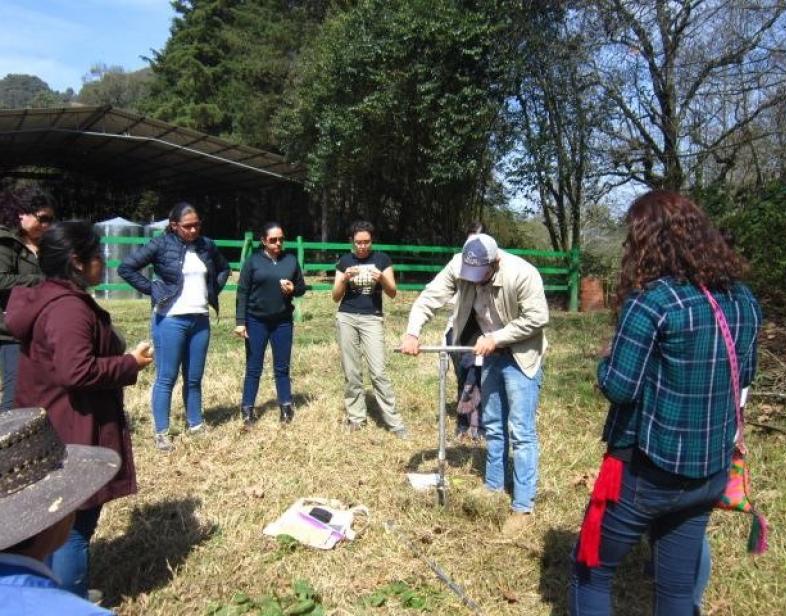An Overview Of Our Solution
The Sierra Gorda Biosphere Reserve It is threatened by destructive forest management and agricultural practices, loss in soil productivity, loss of water retention in soil, erosion, Other factors include migration away from the countryside, subsequent loss of cultural values, aimless regional growth, public works with a negative environmental impact, and no regulative presence to addresses environmental crime. Solution includes formation of a culture of sustainability by creating traditions that strengthen cultural roots and improve people’s relationship with the environment. Creating a critical mass of individuals committed to the land, including those who mitigate their carbon footprint by sequestering carbon and water in soils. Reorganizing tourism to make it well-managed and lucrative for communities.
- Population Impacted: 13120
- Continent: North America
Last name
Organization type
Context Analysis
Grupo Ecológico Sierra Gorda has 31 years of experience in operating a model of participatory conservation in the Sierra Gorda Biosphere Reserve, a national treasure of 384,000 hectares and home to 638 communities and 100 million inhabitants living in extreme poverty. The Sierra Gorda is the last well-conserved area in central Mexico, and it is threatened by destructive forest management and agricultural practices, natural infrastructure that holds no value for landowners, and public policies favoring environmental deterioration. The area suffers from agrochemicals overuse, loss in soil productivity, loss of water retention in soil, erosion, man-made fires, inadequate solid waste management, and defective water treatment plants. Other factors include migration away from the countryside, subsequent loss of cultural values, aimless regional growth, defective institutions, public works with a negative environmental impact, and no regulative presence to addresses environmental crime.
Describe the technical solution you wanted the target audience to adopt
31 years of comprehensive Community Environmental Education to all levels to 13,120 participants. Registration of the Nationally Appropriate Mitigation Action (NAMA), "NS-272 Subnational mitigation actions for the restoration of degraded forests and the implementation of planned grazing" which consists of payments to landowners for regenerating forests and farmland under a State Carbon Offset Mechanism under local protocols—first such mechanism in Mexico—and replicating it in other states. This collective action recovers productivity, ecosystem health, and regenerative capacity in Mexico (http://www4.unfccc.int/sites/nama/_layouts/un/fccc/nama/NamaSeekingSupp…).
Type of intervention
Describe your behavioral intervention
The formation of a culture of sustainability in the Sierra Gorda Biosphere Reserve by creating traditions that strengthen cultural roots and improve people’s relationship with the environment: recycling and reforestation activities, radio programs, youth participation in eco-clubs, celebration of 50 annual Earth Festivals over the course of 30 years. Creating a critical mass of individuals committed to the land, including those who mitigate their carbon footprint by sequestering carbon and water in soils: agricultural producers adopting regenerative practices, ranchers using planned grazing to recover soil productivity, and forest owners removing livestock. Reorganizing tourism to make it well-managed and lucrative for communities: diversifying community tourism, adopting quality standards, supporting new microentrepreneurs, and creating the Sustainable Destination network to link participants. Working with officials to ensure proper wastewater treatment and solid waste management, attention to environmental crime, and compliance with regulations.
Skills and tools are being transferred to 7 other states in Mexico to replicate the Querétaro State Carbon Offset Mechanism. At a federal level, promoting a reorientation of public policies towards mitigating climate change by adopting regenerative practices and implementing targeted programs and subsidies. This would prompt a collective response from rural society and economically value natural capital in their favor.
As needed, please explain the type of intervention in more detail
For 31 years we have been working to create conditions that give us access to financial instruments and opportunities for local development. We have been forming networks, building community capacities, and putting price on ecosystem services. We operated projects that enabled us to capitalize local communities, monitor ecosystem services, and implement an intensive environmental education program. We stimulated continuous activity among the civil society and connected numerous actors that worked in management, financing, and defense of the territory. Under the leadership of Martha Isabel Ruiz Corzo, it was possible to mobilize public and private funds and establish guidelines for sustainability.
Describe your implementation
Our implementation involves education; thousands of regenerative actions; building networks among residents and enterprises; diversifying skills and knowledge; organizing; supporting; managing, sanitation; reforestation; conservation; surveillance; planned grazing; organic agriculture; responsible use of natural resources; attention to environmental crime; fire prevention; food production; and provision of ecosystem and tourism services. We have 13,120 direct participants and create income to rural communities of 28 million pesos from activities promoted by our organization. We strengthen citizen environmental governance to supplement institutional deficiencies, manage financial resources to ensure continuity of processes, follow up on complaints, facilitate and link opportunities in the interior and exterior of the territory.
The Sierra Gorda is the only Biosphere Reserve in Mexico that achieved federal status as a reserve (1997) as a result of grassroots activism: it embodies successful co-participation between local civil society and the federal government, and is rated as the most participatory natural protected area on the planet.
We support projects until all parties achieve success, focus on expanding local capacities with continuous training, and build bridges between stakeholders. As an interdisciplinary group serving communities and promoting and managing hundreds of community projects, we advocate community organization. We have interwoven innovative solutions with patience; love and service are our organizations’ greatest values.
With 31 years of experience of overcoming challenges, we know how to resolve difficult situations with creativity. We approach our work with an enthusiasm, joy and determination that activates faith; the faith that moves mountains and mobilizes societies.
External connections
Within the Reserve our stakeholders are communities that own the land; agricultural producers; forest landowners; community tourism enterprises; parents; women’s groups; teachers; youth and children; and local authorities. Within the Querétaro State Government, we work with the Secretariats: of Sustainable Development; of Agricultural Development; of Social Development; and of Tourism Development. Within the Federal Government, we work with the Secretariats: of the Environment and Natural Resources; of Agriculture, Livestock, Rural Development, Fisheries, and Food; of Tourism; and of Social Development.
The Inter-American Development Bank, via its Multilateral Investment Fund, supports our current project "Mechanism for compensating agricultural products by capturing carbon in soil", and is a strategic partner for implementing the NAMA. The UNFCCC has registered our NAMA as a national initiative. VERRA has designated us as Early Adopters subject to validation by the 5 ICAT (Initiative for Climate Action Transparency) guidelines, to accurately register emission reduction. We use a simplified methodology for quantifying carbon capture in forests developed by the US Forest Service, and we operate a holistic management training center with The Savory Institute as part of a strategy to gain visibility for our objectives. Other supporting stakeholders are CitiBanamex Foundation, The Overbrook Foundation and the Mitsubishi Corporation Foundation for the Americas
Who adopted the desired behaviors and to what degree?
At a regional level, citizens have strengthened their pride in and taken ownership of the territory; they participate in reforestation, participatory surveillance, separating solid waste, and using regenerative practices to capture carbon in forests and soils. They have developed innovative new skills, such as growing and preparing healthy foods, providing tourist services, and creating handicrafts such as ceramics, embroidery, and herbal remedies. Institutions perceive the presence of a vigilant society monitoring regulation compliance and forging successful participatory environmental governance. We incorporated our experience of participatory conservation in our collaboration with the State Government of Querétaro, orienting its policies to integrate a strong green agenda which works to restore ecosystems and as one of its components, manages an Environmental Fund as a financing scheme for projects related to climate change.
How did you impact natural resource use and greenhouse gas emissions?
We conserve Sierra Gorda ecosystems by restoring 13,000 hectares of forests: 6,000 ha. with payments to landowners for environmental services, 7,000 ha. of private reserves for conservation. We have 68,000 ha. under planned grazing in ranches: 8000 ha. in Querétaro and 60,000 ha. in replication states. We have developed a local carbon-offsetting protocol that adapts global protocols to the state context. We have promoted the creation of Environmental Funds that ensure financing, thus encouraging participation and aligning programs with subsidies. This enables Mexico to assume a greater commitment to the Paris Agreement. It is estimated that by 2030, the GHG offsets of this NAMA will reach approximately 6 MtCO2e for forest restoration and 6 MtCO2e for regenerative practices in grazing lands, with a total impact of 12 MtCO2e. These preliminary estimates are calculated from local studies quantifying CO2e in forests that have removed livestock and in ranches using planned grazing.
What were some of the resulting co-benefits?
Our initiative is win-win: we alleviate poverty by conferring value to natural infrastructure services, and we develop a monitoring, verification, and reporting service that provides certainty and transparency for quantifying emission sequestration in land under regenerative management. In this way, we recover undervalued natural capital and implement strategic actions that boost the countryside, recover productivity, and combat climate change.
Plots that act as carbon and water sinks (1 cm3 of humus captures 144 thousand liters of water / ha) strengthen regional resilience. Land is restored and becomes home to a great diversity of species, including the 6 feline species of Mexico. Empowered communities are our strategic partners: we accompany them in their processes and support them in every way possible until they accomplish their initiatives. We continually replicate this model of climate change mitigation.
Sustainability
We fundraise with donors, state governments, and federal governments. We also have self-financing strategies for operating expenses. We developed a NAMA whose operation will require partnerships with SEMARNAT, SAGARPA, IDB, the Querétaro State Government, and other state governments interested in replicating the NAMA (they will submit an application to the NAMA Facility for a 4-year period). Our initiative—an ambitious climate goal—will be adopted as a national action, as a movement of sub-national governments to recover natural infrastructure. We also intend to strengthen our self-financing strategies, under the leadership of an experienced team that has found the means to operate for 31 years.
Return on investment
GHG offsets as a result of this NAMA are estimated to reach approximately 6 MtCO2e for degraded forest restoration and 6 MtCO2e for regenerative practices in grazing lands by 2030, totaling 12 MtCO2e. Applying a value of USD $ 10 / tCO2e, results in a monetized benefit of USD $ 120 million. These are preliminary estimates which assume the restoration of 338,000 ha. of degraded forests in 10 states and the implementation of regenerative practices on 808,000 ha. of grazing land in 7 states. For improved accuracy and transparency, we will apply the ICAT series of guidance for the forestry and agricultural sectors in consultation with participating states
How could we successfully replicate this solution elsewhere?
Our model is adaptable: it is tailor-made suit, perfectly fitted to each state’s respective capacity to regenerate its natural capital. For successful replication, it is essential to engage the interest of the state governor, create innovative financing at the sub-national level and implement in diverse instances. Officials, extension technicians, agricultural and forestry producers, students, and civil society organizations must be trained in regenerative practices: we provide teaching materials and manuals for these many stakeholders, as well as diplomas in regenerative management. We strengthen civil society for the future by connecting stakeholders and by deepening expertise and knowledge via sub-national action workshops. USD $1,000,000 per year will enable the full implementation of this initiative to green Mexico
